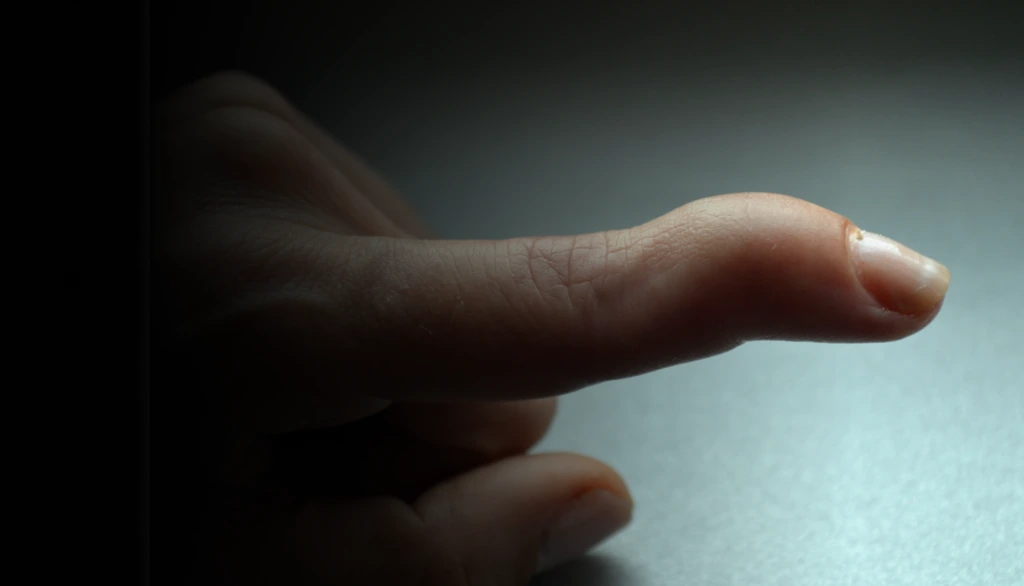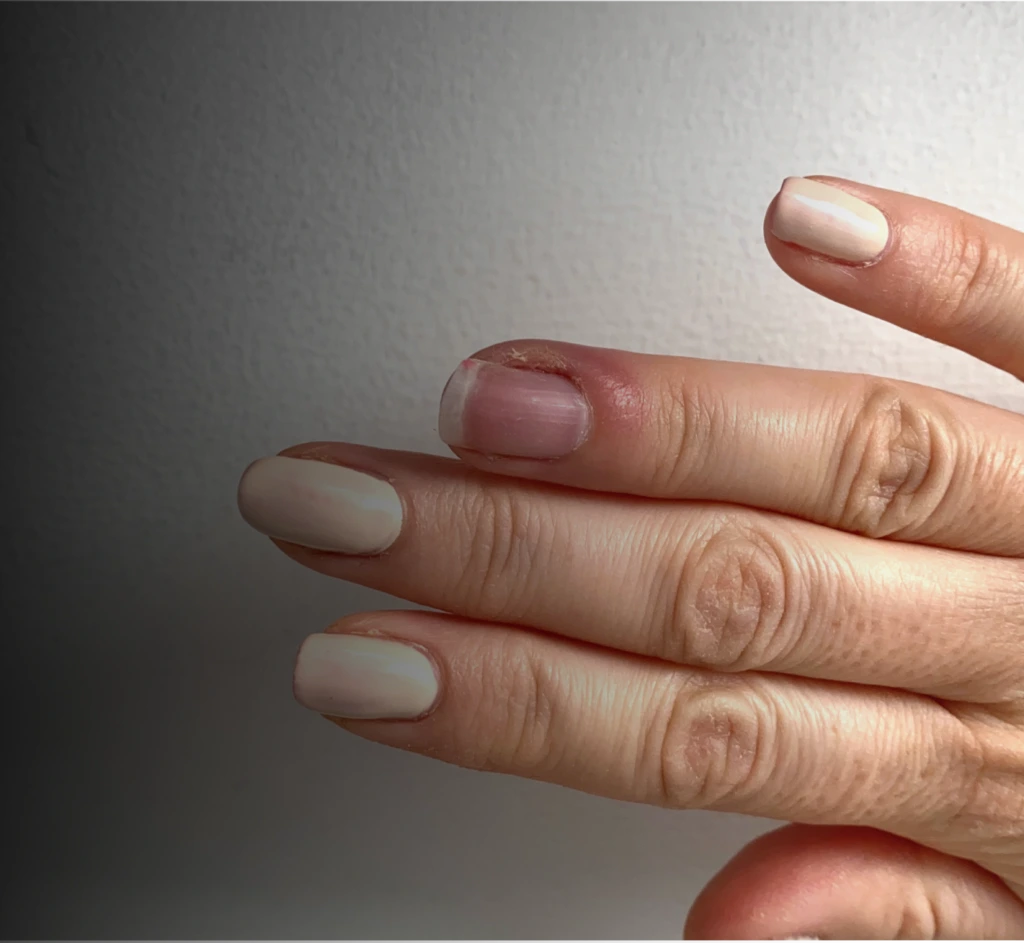Finger Masses
(Ganglion Cysts, Synovial Cysts, and Benign and Malignant Masses)
Finger masses are abnormal tissue growths that develop on the fingers, including ganglion cysts (fluid-filled lumps), synovial cysts (masses filled with joint fluid), and benign (non-cancerous) or malignant (cancerous) solid masses. These finger masses can range from small, painless lumps to large growths that may impact range of motion and hand function. Treatment depends on the type of mass but may include observation, aspiration, injections, or surgical removal.











